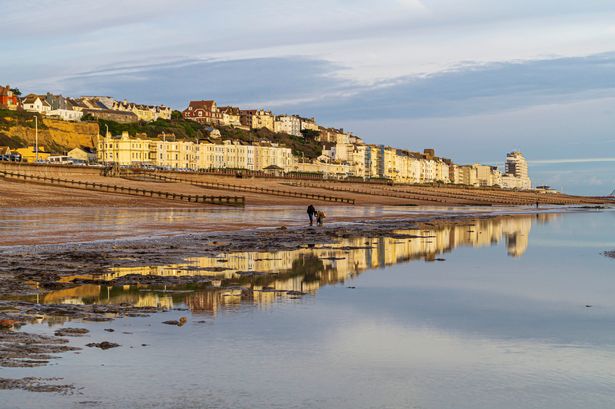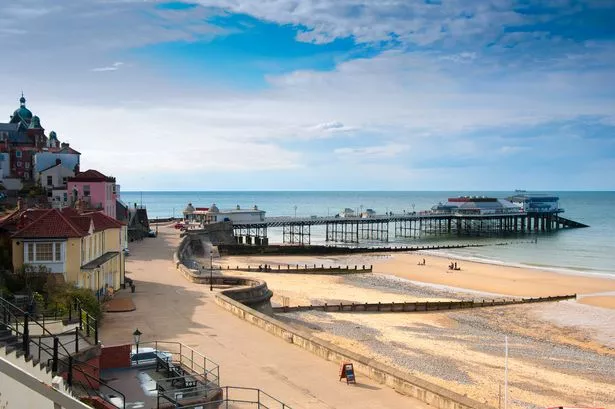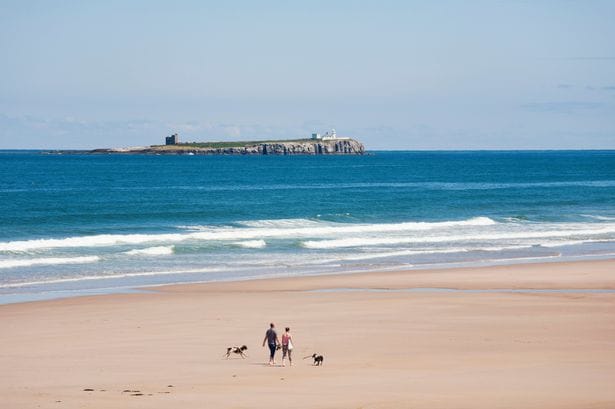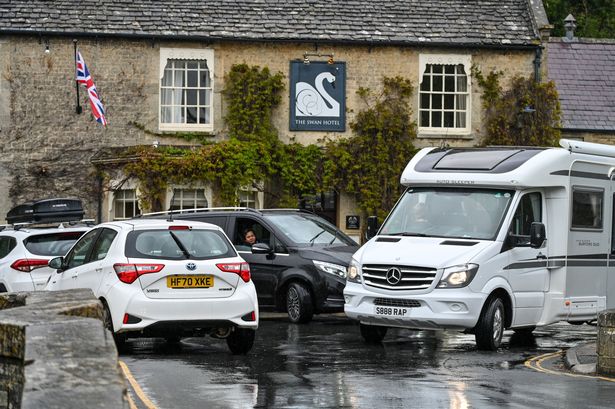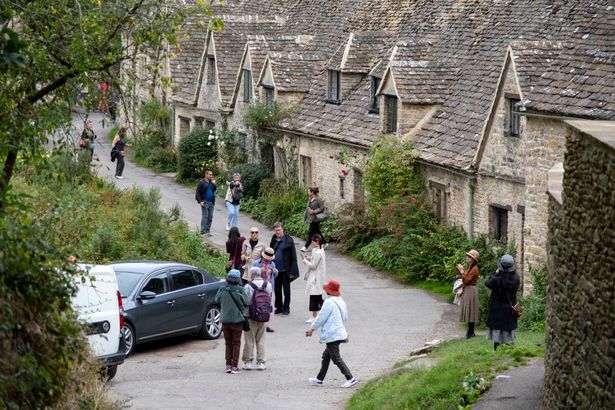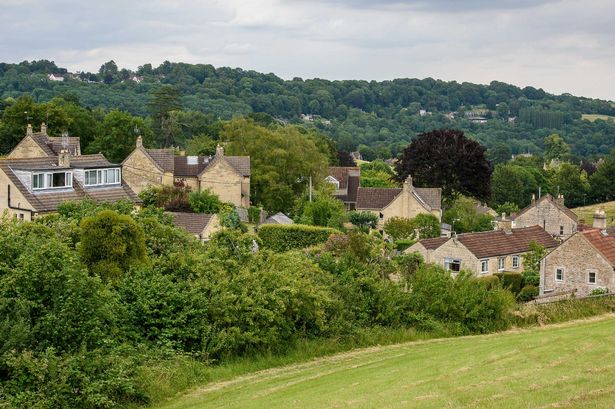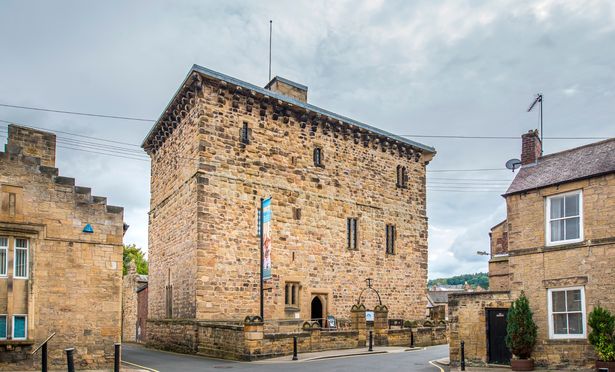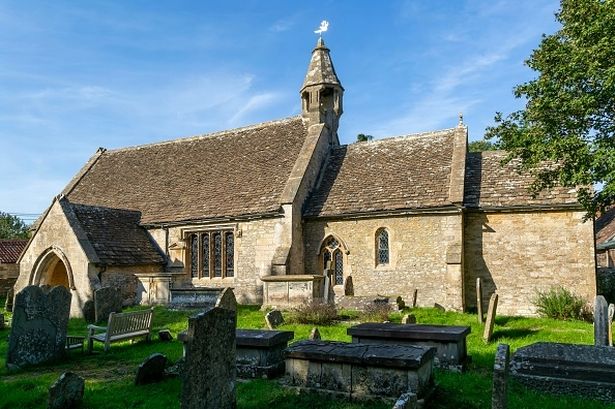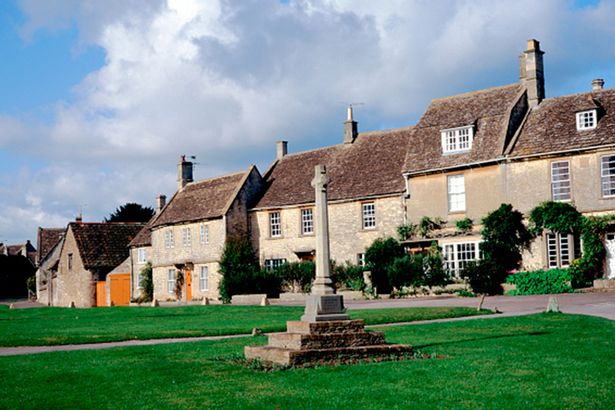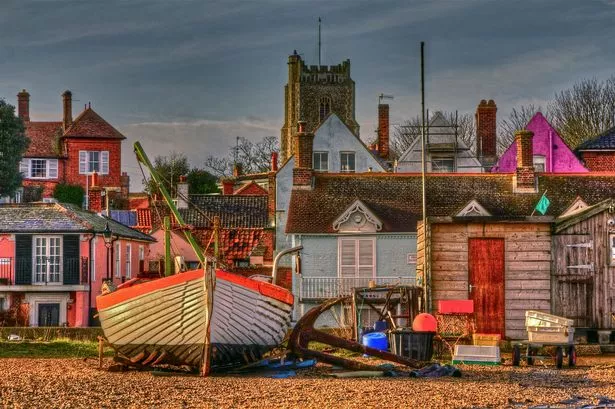Long overshadowed by its historic neighbour, this seaside town in East Sussex has become a coveted hub thanks to its booming culinary scene and convenient commute to the capital
A seaside town in East Sussex has been dubbed one of the best places to live in Britain according to a new ranking. Long in the shadow of its historic neighbour, Hastings, this UK destination has taken the title of ‘cool cousin’ for its emerging arts scene, chic restaurants and beautiful landscape.
The award-winning lifestyle platform, Muddy Stilettos, has shared its list of the best places to live in the UK. While the top 10 Sussex destinations ranged from quaint country villages to sleepy hamlets, St. Leonards-On-Sea was a standout.
St. Leonards – known colloquially as Lennies – is known for its distinct combination of elegance and edge. The town sits in the shadow of neighbouring Hastings which is well-loved for its impressive historic Old Town, but St. Leonards has been gaining wider attention for its seaside charm.
READ MORE: Incredible city with cobbled streets and ‘chilled vibe’ in Europe’s safest country
According to Muddy Stilettos, St. Leonards showcases the best of its neighbours of Bexhill and Hastings. The town offers access to “raw but beautiful Regency and Art Deco architecture” as well as a “quiet and long beach” with proximity to the greenery of Hasting Country Park.
One of the reasons St. Leonards is growing in popularity as a place for Britons to settle down has to do with its proximity to the capital. St. Leonards locals are within commutable distance to London, with trains to London Bridge taking approximately 90 – 100minutes and trains to London Victoria taking about 110 mins.
St. Leonards is also a convenient distance to other major cities. Brighton is only a 30-minute direct train ride away from St. Leonards’ Warrior Square Station and there are great links to Tunbridge Wells and Sevenoaks in Kent.
In addition to its ranking on Muddy Stilettos’ list of the top places to live in Sussex, St. Leonards was included in the The Times’ list of the best places to live by the sea in 2024. According to The Times, the growing popularity of the town has a lot to do with its impressive culinary scene.
The publication confirmed that the opening of a new farm-to-table restaurant Bayte confirmed the town’s status as a “top-table place for sophisticated seaside escapes”. Bayte has a family connection to the Richmond staple, Petersham Nurseries, and promises the same exceptional gastronomic experience.
Food-focused travellers will also be impressed with the many delights to be found on St. Leonards’ Kings Road. Natural wines and small plate restaurants are rife throughout the high street, with some local favourites including the Michelin Bib Gourmand restaurant, The Royal, and the seafood-centric Galleria.
Kings Road also promises optimal shopping and cultural experiences, for both tourists and locals. Art galleries, boutique clothing and home goods stores offer a mix of high-quality and hand-made wares. The spirit of community is also one of the main attractions of the area. Cultural festivals like St. Leonards Fest and the frequent indoor vintage markets help encourage and cultivate community in the seaside town.
According to Muddy Stilletos, the pandemic saw house prices increase in the area, rising to an average of £330,000 and going as high as £900,000 for a townhouse. This is partially attributed to the strong schools in the area, with state primaries and secondaries rated ‘Good’ by Ofsted.
Full list of Top 10 best places to live in Sussex
- Alfriston
- Amberley
- Cuckfield
- Hove
- Kingston-near-Lewes
- Petworth
- Rye
- St. Leonards-On-Sea
- Ticehurst
- Worthing

